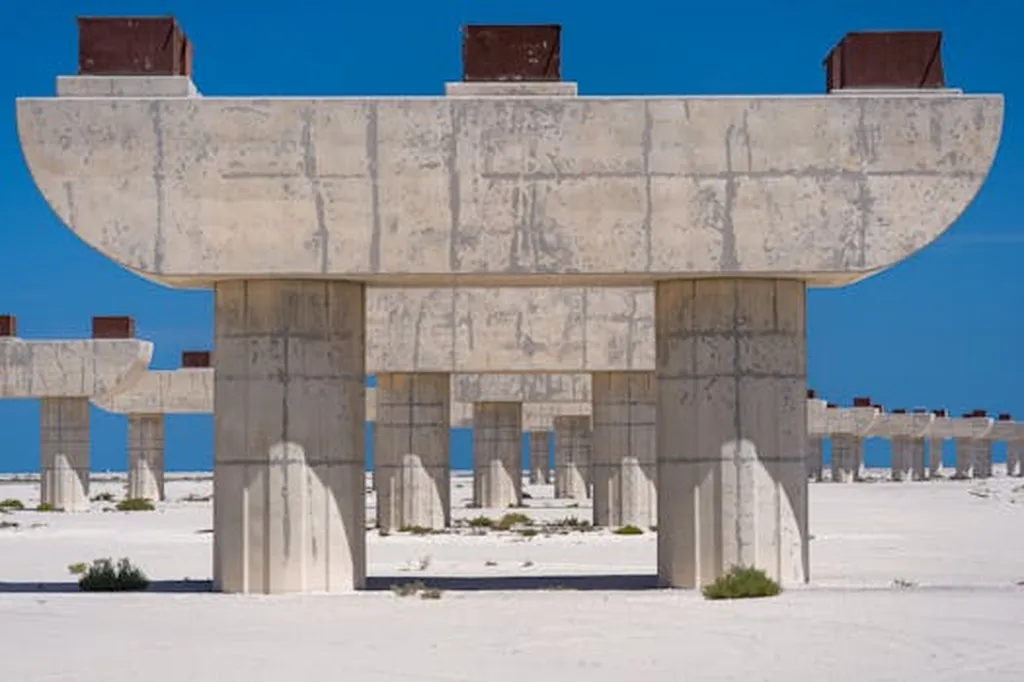In the vast, resource-rich landscapes of desert regions, a groundbreaking study led by Yanlin Guan from the School of Architecture and Civil Engineering at Jiangsu University of Science and Technology in China is transforming the way we think about construction materials. The research, published in the journal *Buildings* (which translates to *Buildings* in English), focuses on desert sand recycled aggregate concrete (DSRAC) and its potential to revolutionize infrastructure development in arid regions.
Guan and his team have been exploring ways to address the inherent challenges of DSRAC, such as its susceptibility to microcracks, brittleness, and unstable mechanical properties. Their solution? A hybrid reinforcement system combining steel and FERRO fibers. “We wanted to enhance the mechanical performance of DSRAC to make it a viable option for large-scale construction projects,” Guan explains. “By incorporating these fibers, we’ve seen significant improvements in strength and durability.”
The study involved extensive testing of DSRAC under various conditions, including different desert sand replacement ratios and fiber dosages. The results were promising. “We found that DSRAC achieved optimal compressive strength when desert sand replaced 30% of natural sand,” Guan notes. “This early strength enhancement is crucial for infrastructure projects that require quick turnaround times.”
One of the most exciting findings was the synergistic effect of combining steel and FERRO fibers. “Individually, both types of fibers improved the mechanical properties of DSRAC,” Guan says. “But when used together, they created a superior strengthening effect, significantly outperforming single-fiber groups. The F0.15-S0.5 group, in particular, showed remarkable performance.”
The implications for the energy sector are substantial. As the demand for renewable energy infrastructure grows, so does the need for durable, cost-effective construction materials. DSRAC, with its enhanced mechanical properties, could be a game-changer for building wind turbine foundations, solar panel mounts, and other energy-related structures in desert regions.
Moreover, the study’s findings could pave the way for more sustainable construction practices. By utilizing desert sand and recycled aggregates, we can reduce the environmental impact of construction projects and promote the high-value reuse of construction waste. “This research provides a theoretical and technical foundation for the resource utilization of desert sand and recycled aggregates,” Guan emphasizes. “It offers practical references for localized infrastructure materials and prefabricated components, advancing eco-friendly concrete in sustainable construction.”
As the world continues to grapple with climate change and resource depletion, innovative solutions like this one are more important than ever. Guan’s research not only sheds light on the potential of DSRAC but also underscores the importance of interdisciplinary collaboration in tackling global challenges. “We’re not just improving construction materials,” Guan says. “We’re contributing to a more sustainable future.”
In the ever-evolving landscape of construction technology, this study serves as a reminder that even the most arid regions hold untapped potential. As we strive to build a more sustainable world, the insights gained from this research could shape the future of infrastructure development, particularly in energy-rich desert regions. The journey towards sustainable construction is ongoing, but with each breakthrough, we take a step closer to a more resilient and eco-friendly future.

